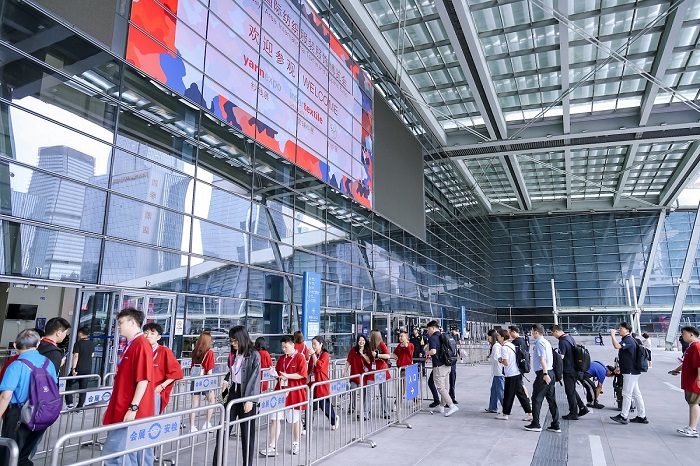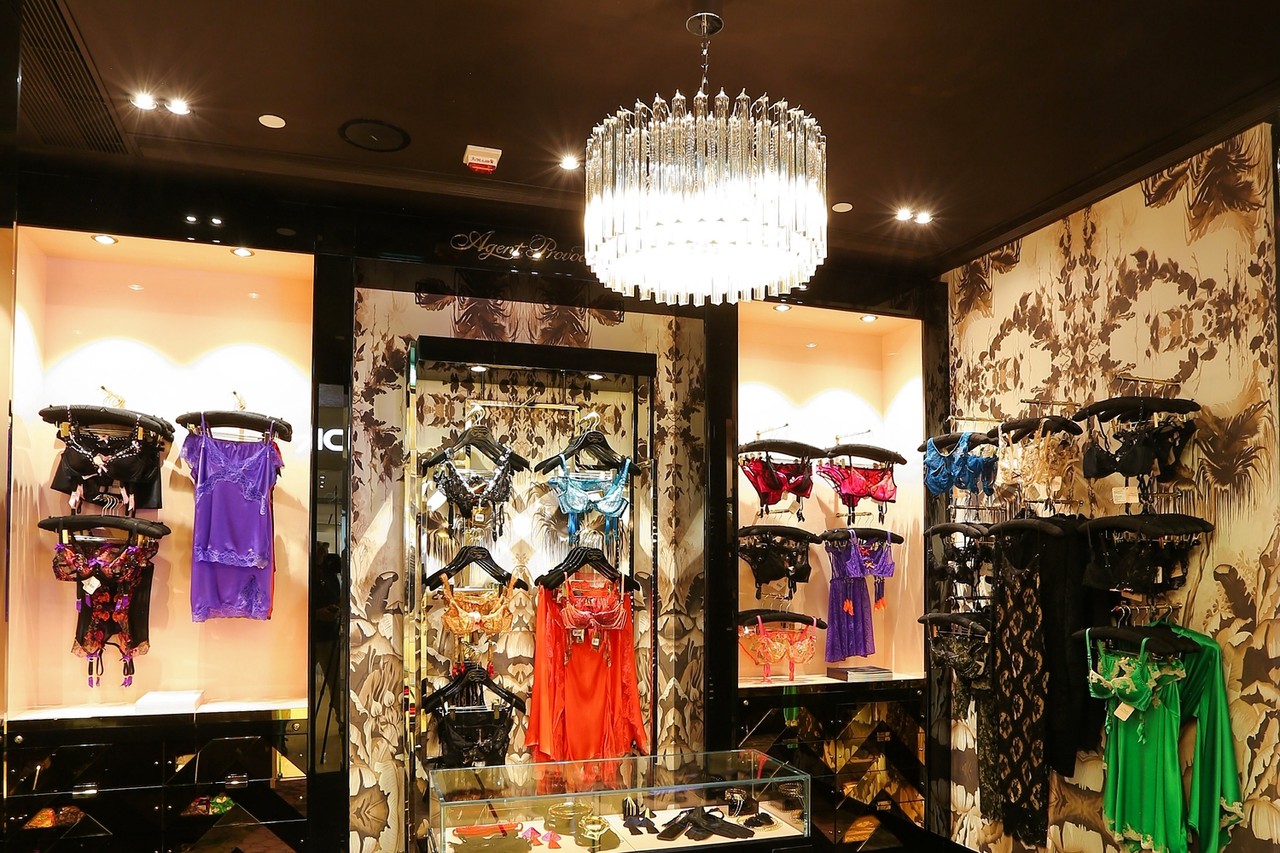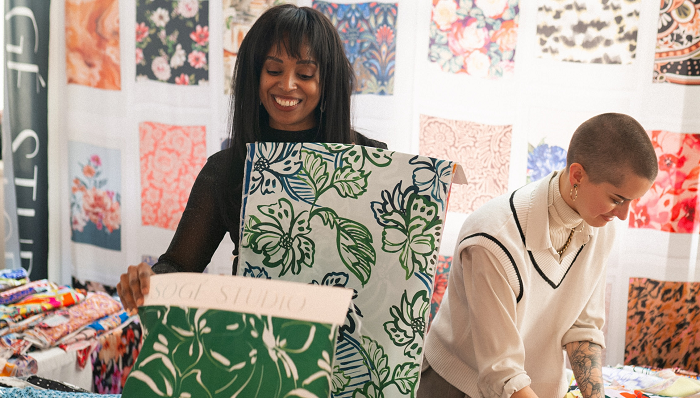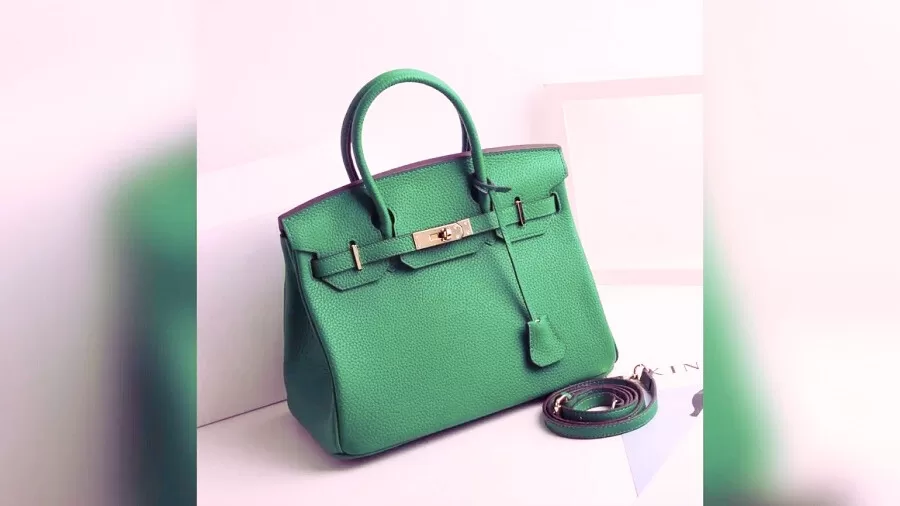FW
The All Pakistan Textile Mills Association (Aptma) has launched a media campaign against the government’s policies, particularly on the exchange rate. The central point of the campaign is a veiled threat of shutting down industries in Punjab – the stronghold of the ruling party.
In order to avoid unrest in Punjab during the peak summer season, Prime Minister Nawaz Sharif has constituted a cabinet panel to resolve issues. Central and southern Punjab are facing more than 12-hour-a-day load shedding after a sudden surge in demand due to rising temperatures. This has once again started affecting industries in Punjab.
Aptma feels the revaluation of the rupee has caused losses and that the energy crisis has also forced it to lay off employees. The appreciation of the currency has made the country’s exports uncompetitive.
Aptma is the premier national trade association of the textile spinning, weaving, and composite mills representing the organized sector in Pakistan. It represents 396 textile mills out of which 315 are spinning, 44 weaving and 37 composite units. These spinning mills have production facilities of texturing, mercerizing and dyeing of yarns; weaving mills have a sizeable number of air-jet looms, and the composite mills have manufacturing facilities from spinning to finished textile products under one roof.
www.aptma.org.pk/
The Bangladesh Garment Manufacturers and Exporters Association (BGMEA) says global buyers and brands are not offering higher prices for products even though the BGMEA has taken wage hikes and other initiatives to improve workplace safety and compliance. It’s been over a year since the Rana Plaza collapse that killed 1,135 people, mostly garment workers.
The BGMEA says global buyers put pressure on the government to increase wages but don't increase prices of products. Rather they are canceling orders from factories located at shared or rented buildings. During the last one year, 150 trade unions have been registered while the number was only 38 in eight years. BGMEA says buyers are not taking ongoing developments and initiatives into consideration. It also requested global brands and buyers to create a fund for Rana Plaza victims and their families instead of giving only verbal assurances.
Terming buyers' pulling out orders from shared buildings as inhuman, BGMEA says about 40 per cent factories are located in shared or rented buildings employing about 1.5 million workers. It requested buyers to consider the issue and not withdraw orders from those factories. The three initiatives, the Accord, the Alliance and the government and ILO-led factory assessment, have so far inspected 700 factories.
www.bgmea.com.bd/
Chinese investment in Vietnam rose to $2.3 billion in 2013, up sharply from the $345 million in 2012, says the Ministry of Planning and Investment’s Foreign Investment Agency. Most of this investment is happening in the garment and textile as well as real estate sectors.
Recently the Nam Dinh Provincial People’s Committee approved an investment license of Chinese garment and textile giant Jiangsu Julun Textiles Group to construct a $68 million manufacturing facility on an 80,000 sq. mt. area at Bao Minh Industrial Park in Vietnam. When fully operational, the factory specialising in yarn, will have a total annual production capacity of 9.816 tonns, suitable for the production of textiles, sewing, crocheting, knitting and weaving.
In another development, Hong Kong’s Luenthai company, the Vietnam National Textile and Garment Group (Vinatex) and China’s Sanshui Jialida Textile Company held a working session with the leaders of Nam Dinh province, holding preliminary discussions on the constructing a multi-million garment manufacturing facility in the industrial park (IP).
Spread over an area of 1,500 hectares in Nghia Hung district, Nam Dinh province, the IP project has a projected initial investment of $400 million and a target market of developing fields like weaving, dyeing, leather, garments and textiles as well as support industries for Vietnam’s garment and textile sector. Pending final approval, the project is expected to begin construction in late 2014.
In recent times, the garment and textile sector of Vietnam has attracted investments from China, Taiwan, and Hong Kong. Notably, Chinese Texhong Textile Group has invested in two factories in the southern province of Dong Nai with capacity of 500,000 spins of yarns and generated 4,500 jobs in the locality. Subsequently, the group expanded its investment in Vietnam with the addition of a $300 million facility in Quang Ninh province.
Companies in China are said to be increasing their investments in Vietnam sighting signing of the Trans-Pacific Partnership (TPP) that will allow lucrative additional market access. Specifically the TPP rule of origin (yarn forward) which requires businesses to use raw materials, supplies and components in the manufacturing process that originate in the same country the manufacturing facilities are located in, would be greatly in favour of the companies setting up their manufacturing base in Vietnam.
The Spring/Summer 2014 edition of Taipei IN Style (TIS) took place on a large-scale with runway shows and seminars from April 17 to 20. It and is expected to bring in more than $8 million in business. The TIS fashion show, held at Songshan Cultural and Creative Park, Taiwan is organized semiannually to adhere to the international buying seasons.
More than 100 Taiwanese designer brands participated, while fashion designers from 19 other regions and countries also took part. TIS 2014 presented eight runway shows, including fashion pieces by designers from Taiwan, China, Hong Kong and Macau, Asia's famous women's apparel brands, international golf wear and more.
TIS invited top global fashion professionals to give speeches in six seminars, sharing fashion trends and marketing strategies. The TIS feels that the exhibition will provide business opportunities to local and international designers and thus enhance the visibility of Taiwanese local fashion brands. Nearly 25 pieces of TIS exhibitors' amazing clothes were showcased last weekend, which included Chinese Fashion Week (CFA) Award winner Angel Li, Hong Kong Fashion Week Extravaganza 2014 designer representative Henry Lau, Macau Fashion Festival senior designer Kitty Ng, and famous Taiwanese fashion duo Stephane Dou and Changlee Yugin, winner of the Taiwan Fashion Design Award.
Asia Fashion Collection project organized by Vantan Design Institute and Parco introduced international fashion design talents from Taiwan, Japan and South Korea, such as Taiwanese designer Austin Wu and Japanese designer Akiko Kishimoto with their latest New York Fashion Week works. The show also presented Taiwanese women's brand Keraia with their luxurious autumn/winter collection; Taipei Fashion Award 2013 winner Athena Chuang with her eponymous brand under the Yulon Group's subsidiary corporation — InDesign; the representatives of Shanghai and Hangzhou women's fashion brands Eifini and Lesies introduced their urban outfits and Jack Nicklaus displayed elegant and sophisticated US golf wear.
The organisers’ focus is on promoting Taiwanese fashion designers and their works on the global fashion stage.
www.taipeiinstyle.com
Nepal's apparel exports which languished due to political instability, is now witnessing a rise in export orders from foreign buyers. Apart from other destinations like Bangladesh and Cambodia, importers are now also placing orders with Nepalese garment makers.
As per Trade and Export Promotion Centre, Nepal exported 2.72 billion Nepalese rupees in garments in the first six months of the current fiscal year. This is 50 per cent more than Nepal's export of garment products during the same period of last fiscal year.
Through the 1990s, the garment export industry was Nepal’s largest employment generator, providing more than 50,000 jobs and hundreds of factories operating day and night to manufacture export products for clients in the US, Europe, Canada and Japan. But gradually industry declined due to a phase out of protectionist quotas by the World Trade Organisation (WTO), instability triggered by the Maoist armed insurgency, and the rise of trade unionism. Ready-made garment exports were worth more than 11.5 billion Nepalese rupees in fiscal year 2002-2003. By fiscal year 2008-2009, they fell to 4.5 billion Nepalese rupees.
However, experts feel that initiatives like zero tariffs are required to keep the momentum alive and also to attract foreign investment. The government needs to help the industry with export subsidies and soft loans to revive and promote Nepal’s garment products.
The seventh Istanbul Fashion Conference will be held on May 8 and 9, 2014. It's being organized by the Turkish Clothing Manufacturers' Association. The attempt is to create a platform where local designers, manufacturers and retailers can network with international players.
In an era of fast fashion, the Istanbul Fashion Conference stands at the forefront as a sourcing conference for the best brands in the world. It combines B2B meetings between producers and the industry along with speakers and seminars addressing current topics and a fashion and design exhibition. Buying groups in represent several billion dollars of buying power and so it also is a great place to network.
Exports of readymade clothing from Turkey to Europe have increased in the first quarter of 2014 compared with the last quarter of 2013. Turkish clothing exporters have benefitted from the relative strength of the euro against the Turkish lira.
Turkish textile manufacturers have been a major partner and a critical source for major US labels and manufacturers, ranging from the high-end to popular manufacturing houses and designers.
www.tgsdconf2014.com/en/
The China Import and Export Fair, known as the Canton Fair, is set to take place from April 21 to May 5. This is China's largest international trade fair. It is expected to draw 2,00,000 international buyers, up from more than 1,80,000 in the autumn session when there was a drop-off in numbers. The biannual event is held in the shadow of recent sharp export declines. So orders will at best be stable.
Buyers have lowered expectations about signing deals at the Canton fair, largely due to low European demand and a different sourcing model by US companies. US firms make 80 per cent of their orders through agencies. First quarter orders were slashed because of political turmoil in export destinations. China’s business in Thailand and Ukraine was hit by the ongoing strike and political upheaval.
Chinese exports unexpectedly fell 6.6 per cent year-on-year in March from a year earlier, following an 18.1 per cent slide in February. Imports fell by the most in 13 months. Several factors may add to the uncertainty, including growing international trade friction and China's drifting away from lower value-added items such as textile production, which may erode its bulky trade base in the short run.
However there are grounds for optimism. The worldwide economic recovery and optimized product lines have helped strengthen Chinese sellers' core competencies. A weaker yuan is also considered an effective stimulus to exports.
www.cantonfair.net/
Zimbabwe's textile industry is finding it difficult to compete with imported or smuggled garments from neighboring countries like Mozambique. Moreover, cheap clothes also come into the country duty free. These clothes cost about four times less than locally made products. Big retail companies have started ordering merchandise from as far as China as locally produced clothes are expensive. In the face of this onslaught almost 80 per cent of local textile companies have shut down.
Most companies are struggling to survive and have either closed down, scaled back operations or are under judicial management. The companies are pushed to the brink by an influx of cheap products, declining domestic demand and resurgent production costs.
Zimbabwe does have high duty tariffs, surtaxes on importation and also some kind of excise regime to protect the local textile industry. But laws are not always properly enforced, leading to corruption, which is a big problem. Local textile manufacturers are complaining that the government is not doing much to curb smuggling of these clothes into the country.
Trade unions say millions of dollars are being spent on importing clothing products that could be procured from local producers. This would save jobs.
With a rise in wages among apparel factory workers in China, American apparel imports from the country have slowed down. Apparel imports were flat for the 12-month period ending in February this year, rising only 0.26 per cent to $29.6 billion.
The industry is seeing a sharp shift in sourcing from China to other countries like Vietnam with many US apparel companies and designers shifting their production to Vietnam, where minimum wages are $73 dollars to $111 dollars a month, depending on the region. That is more than half of the $300 dollars monthly minimum wage in China’s industrial hub of Shenzhen, close to Hong Kong. During the 12-month period ending in February, apparel imports from Vietnam were up 14.2 per cent to $8.3 billion.
Another reason behind the shift is the availability of skilled workers who are responsible for making Vietnam’s apparel sector, the country’s leading export industry. US-based manufacturers are eyeing an opportunity when Vietnamese-made clothing can be brought in duty free because it is part of the Trans-Pacific Partnership, a group of 11 countries working on a free-trade pact with the United States.
American apparel imports from Bangladesh, another low-wage country, were up 9.3 per cent to $4.9 billion. Mexico, which in 2009 was among the top four apparel providers to the US but now at the seventh position, saw its exports remaining flat despite the two countries having a free-trade agreement. Mexico’s apparel exports totaled $3.68 billion during the 12-month period ending in February.
Organisers of Milano Unica and Munich Fabric Start have announced a change in dates for both the fairs due to the Paris fabric trade fairs taking place a week earlier than usual in February 2015. To avoid an overlap, Munich Fabric Start Spring/Summer ’16 will be moved ahead by one day in February 2015, taking place from Monday to Wednesday, 2 to 4 February 2015. And Milano Unica Spring/Summer 16 will be postponed by one day and will now be held from Wednesday to Friday, 4 to 6 February 2015.
In February 2016, Milano Unica and Munich Fabric Start will return to their usual schedule. Milano Unica, the trade show dedicated to Italian high end textiles and accessories recently concluded in China. The trade showcased the Spring/Summer 2015 collections of the Italian textile supply chain. Nearly 124 exhibitors from all Italian textile districts brought the excellence of ‘Made in Italy’ products to China with an increasing number of textile manufacturers specifically dedicated to women’s wear.
The biannual event witnessed over13.3 per cent rise in visitors against March 2013 edition. If compared to the October 2013 edition, showcasing the Fall/Winter 2014-’15 collections, attendance was steady. Organisers claim that the data confirms the trend of the Chinese market, reflecting increased quality of Chinese apparel production, increasingly oriented towards higher standards in terms of quality, innovation and service.












